Stringent Regulatory Standards
Stringent regulatory standards imposed by health authorities are a significant driver of the Medical Device Sterilization Market. Regulatory bodies, such as the Food and Drug Administration (FDA) and the European Medicines Agency (EMA), enforce rigorous guidelines to ensure the safety and efficacy of medical devices. Compliance with these regulations necessitates the implementation of effective sterilization processes, which in turn fuels demand for sterilization services and technologies. The increasing focus on patient safety and quality assurance has led to the establishment of more comprehensive sterilization protocols. As manufacturers strive to meet these evolving standards, the Medical Device Sterilization Market is likely to experience sustained growth, as companies invest in advanced sterilization technologies to ensure compliance and maintain market competitiveness.
Growth in the Healthcare Sector
The overall growth in the healthcare sector is a pivotal driver of the Medical Device Sterilization Market. As healthcare systems expand and evolve, there is an increasing need for medical devices that are safe and sterile. The rise in healthcare expenditure, coupled with the expansion of healthcare facilities, is leading to a higher volume of surgical procedures and medical interventions. This trend is reflected in the projected growth of the healthcare market, which is expected to reach USD 11 trillion by 2027. Consequently, the demand for effective sterilization methods is likely to increase, as healthcare providers seek to ensure the safety of their patients. This growth trajectory presents significant opportunities for stakeholders in the Medical Device Sterilization Market, as they adapt to the changing landscape of healthcare.
Rising Awareness of Infection Control
The growing awareness of infection control measures among healthcare professionals and patients is driving the Medical Device Sterilization Market. With the increasing incidence of healthcare-associated infections (HAIs), there is a heightened emphasis on sterilization practices to mitigate risks. Educational initiatives and training programs aimed at promoting best practices in sterilization are becoming more prevalent, leading to improved compliance with sterilization protocols. This awareness is further supported by research indicating that effective sterilization can significantly reduce the incidence of HAIs, thereby enhancing patient outcomes. As healthcare facilities prioritize infection control, the demand for reliable sterilization solutions is expected to rise, contributing to the expansion of the Medical Device Sterilization Market.
Increasing Demand for Sterile Medical Devices
The rising demand for sterile medical devices is a primary driver of the Medical Device Sterilization Market. As healthcare facilities strive to enhance patient safety and reduce infection rates, the need for effective sterilization methods becomes paramount. According to recent data, the market for sterilization services is projected to reach approximately USD 5 billion by 2026, reflecting a compound annual growth rate of around 7%. This growth is largely attributed to the increasing number of surgical procedures and the growing prevalence of chronic diseases, which necessitate the use of sterile instruments. Consequently, manufacturers are investing in advanced sterilization technologies to meet these demands, thereby propelling the Medical Device Sterilization Market forward.
Technological Innovations in Sterilization Methods
Technological innovations play a crucial role in shaping the Medical Device Sterilization Market. The introduction of advanced sterilization techniques, such as ethylene oxide sterilization, hydrogen peroxide plasma, and steam sterilization, has significantly improved the efficiency and effectiveness of sterilization processes. These innovations not only enhance the safety of medical devices but also reduce turnaround times in healthcare settings. For instance, the adoption of low-temperature sterilization methods is gaining traction, particularly for heat-sensitive devices. As a result, the market is witnessing a shift towards more sophisticated sterilization solutions, which are expected to drive growth in the Medical Device Sterilization Market. The integration of automation and real-time monitoring systems further enhances the reliability of sterilization processes, making them more appealing to healthcare providers.


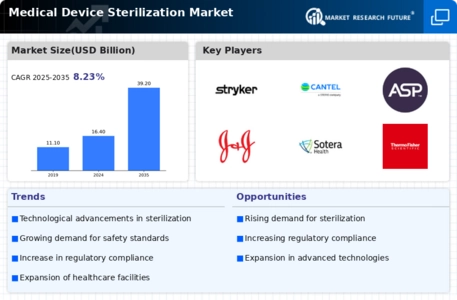
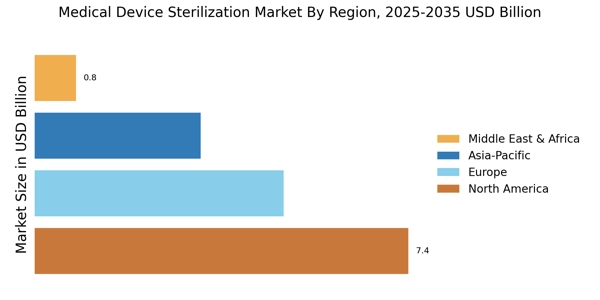

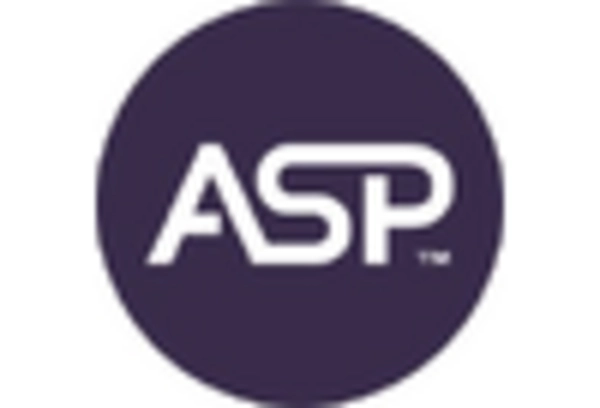

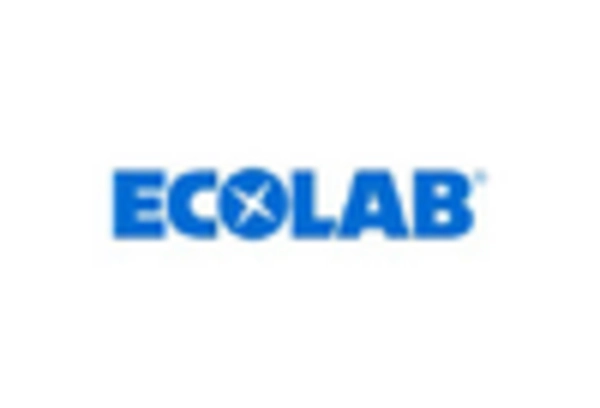
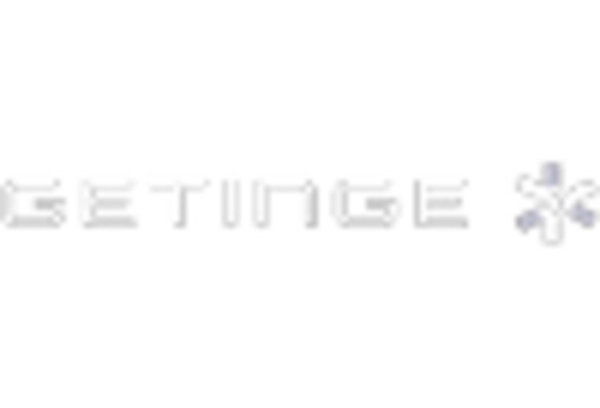
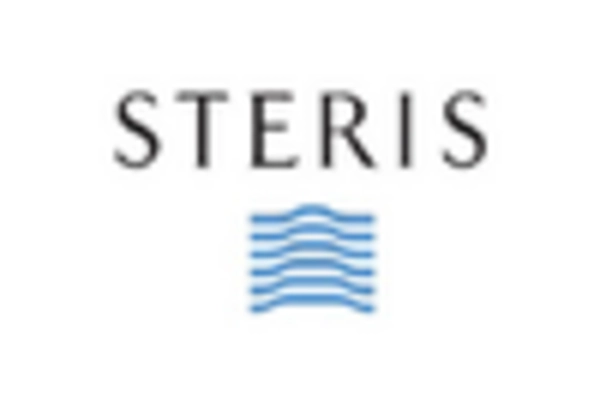








Leave a Comment